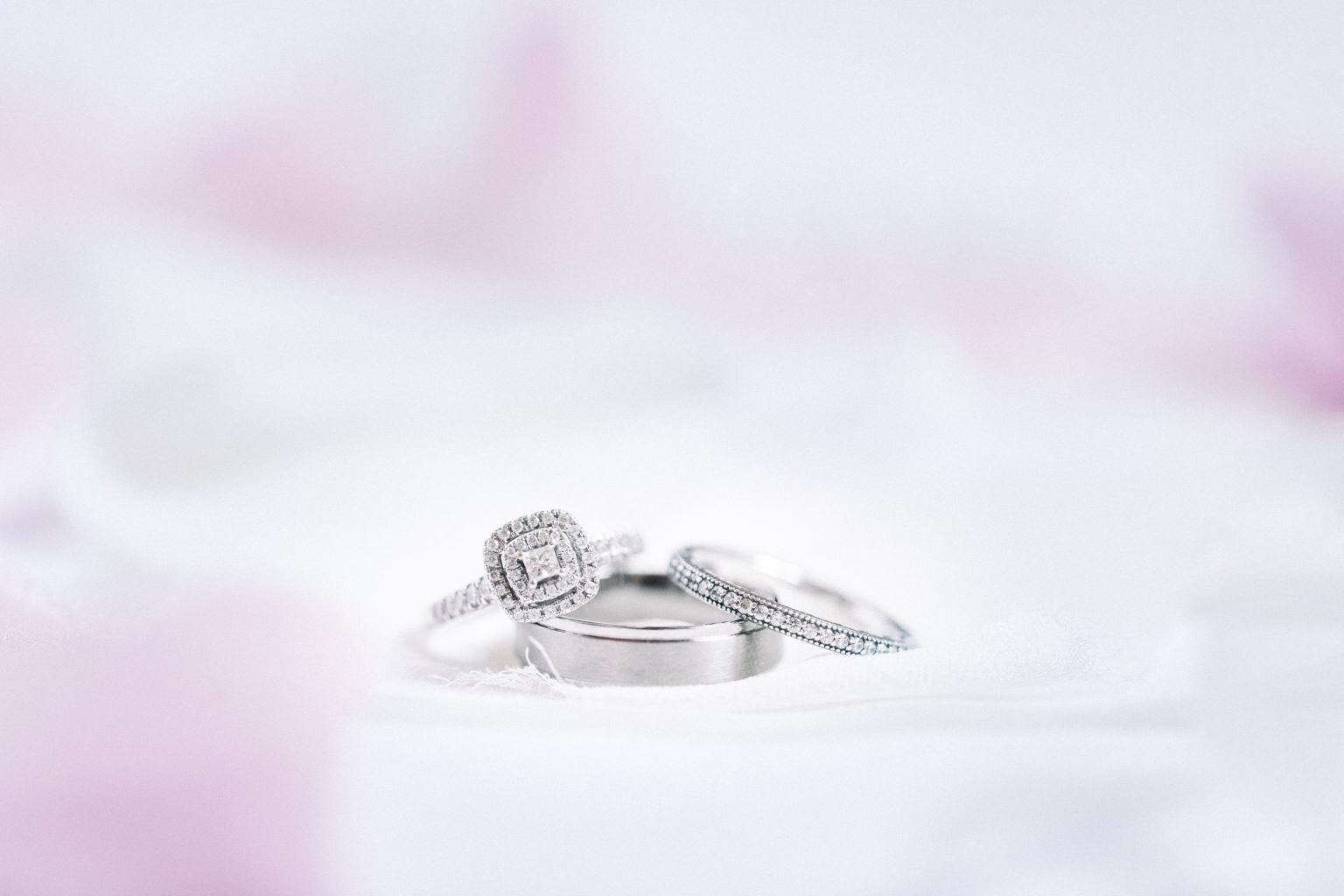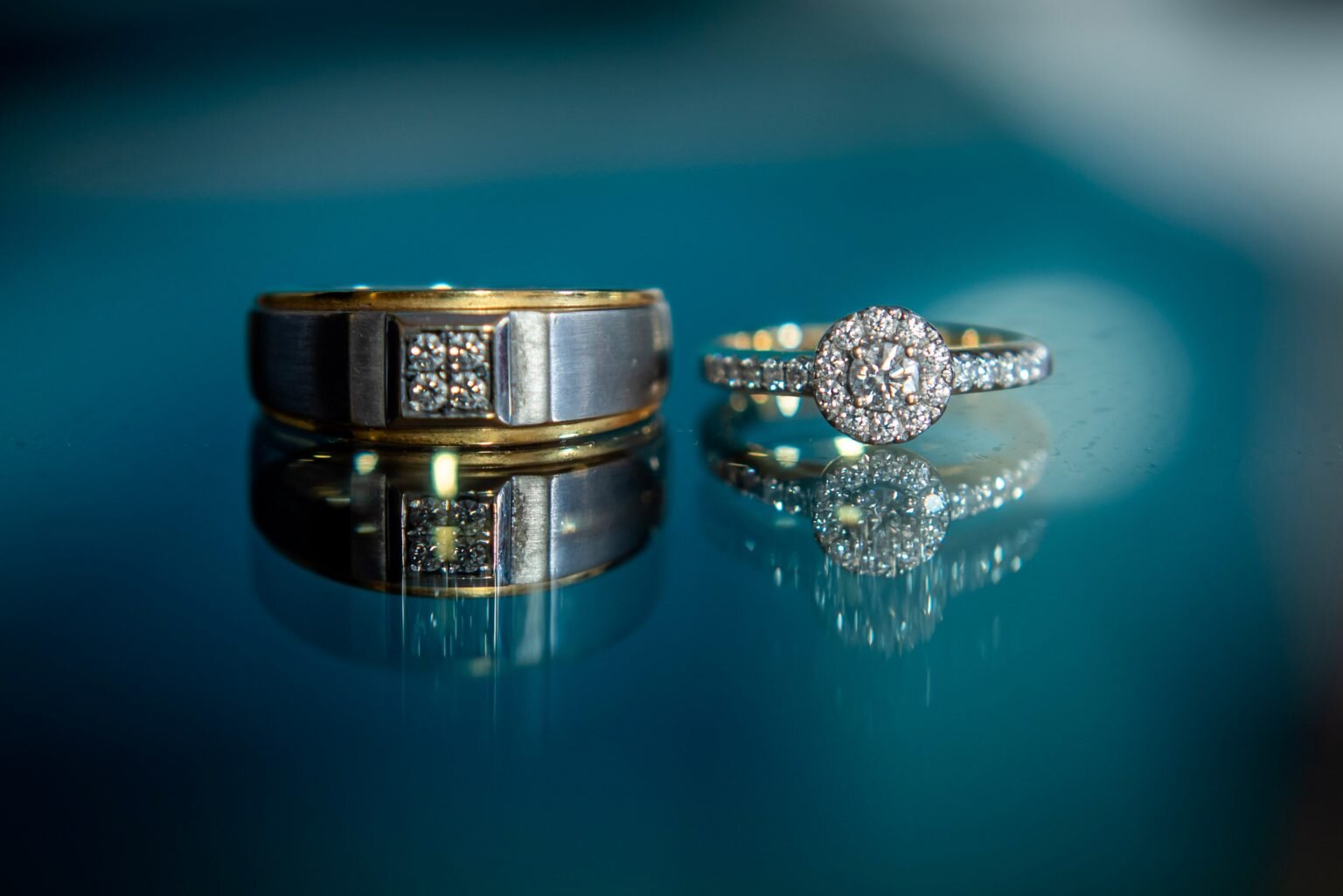CVD Lab-Grown Diamonds vs HPHT Lab-Grown Diamonds - What Is the Difference?
Choosing a diamond is always a big deal since the precious stone lasts a lifetime. It can be overwhelming sifting through the colours, shapes, styles, and stones for yourself or a loved one. Recently, another category of diamonds has presented itself for you to choose from: mined vs. lab-grown diamonds.
Fortunately, lab-grown diamonds are chemically, optically, and gemologically identical to their mined alternative. Opting for lab-grown diamonds also means avoiding the environmental damage resulting from the mining process. With EverDear diamonds, you also get the opportunity to crystallize the memories you shared with loved ones by using their hair or ashes to create diamonds.
Artificial diamonds are possible because this rare stone is a form of the element carbon. They can be made in the lab using two kinds of techniques which we will discuss in this article: Chemical Vapour Deposition (CVD) and High Pressure and High Temperature. What are they, which benefits do they offer, and what makes them different?
What are CVD lab-grown diamonds?
CVD diamonds are the product of a newly developed technology for growing diamonds. The process involves using a hydrocarbon gas mixture that replicates diamond origination from interstellar gas clouds.
The CVD procedure, developed in the 1980s, is often regarded as the least expensive of the two methods for producing diamonds since it uses far less energy. CVD synthetics used to have graining patterns that experts did not observe in natural diamonds and unique fluorescence responses. However, advancements in its production technology have made this a thing of the past.
Choosing a memorial service often ends up with the bereaved family members thinking on what they will do with their loved one’s cremains. But despite this, why do most people prefer memorial?
How are CVD diamonds made?
The CVD technique derives from the creation of diamonds in interstellar gas clouds. The CVD method applies less pressure and smaller machinery than the HPHT method. A seed diamond is placed in a vacuum chamber. This chamber is heated to over 1500 degrees Fahrenheit and filled with carbon-rich vapours.
Due to the extraordinarily high temperatures, the gas transforms into plasma, resulting in the discharge of carbon fragments. These carbon shards are deposited onto the diamond seed, causing the diamond to develop.
Type IIA diamonds are created via the CVD technique, and they are exceedingly rare in nature. This can aid specialists in determining whether a diamond was grown in a lab or on the ground. Unlike HPHT diamonds, which are contaminated by nitrogen, Type IIA diamonds are pure. They do not contain nitrogen or boron impurities. CVD diamonds do not exhibit magnetism like the HPHT variant.
Benefits of CVD lab-grown diamonds
In general, the CVD technique yields high-clarity diamonds. Because the CVD technique does not employ metal, it may readily generate colourless diamonds. The CVD technique is also less energy demanding, resulting in more affordable diamonds.
In recent times, CVD manufacturers have discovered that altering the gases in the growth chamber and utilizing a purer Type II diamond as a seed crystal may enhance the colour of the completed synthetic diamond while also speeding up growth rates.
What are HPHT lab-grown diamonds
The procedure for making an HPHT diamond was first established for industrial applications in the 1950s. The HPHT treatment can also improve the colour and transparency of natural diamonds. Scientists created the procedure to replicate the pressures and temperatures present in the earth's interior, where real diamonds develop over millions of years.
How are HPHT diamonds made?
Natural diamonds are formed miles beneath the earth's surface amid incredibly high pressure and temperatures exceeding 2600 ° C. The HPHT technique successfully recreates these conditions, but it only takes a couple of weeks to produce a diamond instead of the roughly 150 million years it takes for earth-grown diamonds to develop.
The belt press, cubic press, and split beer press are the three major tools used to create HPHT diamonds. The presses produce a high-pressure, high-temperature condition within which a tiny diamond enclosed in carbon is left for several days until it grows into a full-sized stone. The carbon-based material consisting of metals like nickel, iron, or cobalt melts into a molten flux within this small capsule. This technique causes diamonds to form at pressures and temperatures lower than what is obtainable.
With the HPHT technique, companies can buy less attractive diamonds for a lower price and then sell the finished (and better-looking) stones for much more money.
Benefits of HPHT lab-grown diamonds
HPHT lab-grown diamonds offer the best finish possible. This technique can now also produce brilliant blue diamonds. By adding boron to the capsule during the development process, diamonds end up with a blue hue. Other hues, such as red and pink, can be created by combining the HPHT process with heating and radiation techniques.
Differences between CVD lab-grown diamonds and HPHT lab-grown diamonds
With your naked eye, you will be unable to distinguish between these lab-grown stones. Both approaches can produce a lovely, gleaming diamond. At the end of the day, the primary distinction between HPHT diamonds and CVD diamonds is their developmental characteristics.
A lab diamond specialist might detect the difference by looking at the crystal structure if examined closely with a magnifier.
Appearance
HPHT diamonds have traditionally generated more colour, but both techniques can now make clear diamonds because of technological advancements. HPHT diamonds have 14 separate development directions and a cuboctahedron form, whereas CVD diamonds have a cubic structure and just one growth path. A CVD diamond may occasionally exhibit traces of banded stria patterns due to this.
Because CVD diamonds are formed layer by layer, unusual birefringence can result from inconsistencies in the crystalline lattice between layers, giving the diamond a fuzzy appearance. However, this is an uncommon occurrence, only noticeable under magnification.
Manufacturers discovered that processing the materials at high temperatures and pressures eliminates the brown colour, resulting in colourless stones. This procedure is known as HPHT annealing.
Magnetism
Metal flux inclusions are common in HPHT diamonds. These impurities appear black in transmitted light but exhibit a metallic gleam. Their presence results from metal catalysts during the crystal's development.
Nickel, iron, and cobalt are among the compounds contained in these inclusions. Their presence occasionally allows magnets to detect lab-grown diamonds with larger metallic impurities.
CVD diamonds do not contain metallic inclusions. Instead, their unique formation process causes them to contain dark graphite as inclusions.
Cost
Considering the amount of energy and equipment required, the HPHT process is quite expensive. CVD diamonds are more affordable since the creation process occurs at moderate temperatures and low pressure. They also require smaller and less expensive equipment.
You won't be able to distinguish between a CVD and an HPHT diamond unless you are an expert with sophisticated magnifiers. Both procedures produce lovely, gleaming diamonds. The CVD and HPHT methods will produce a diamond identical to those seen in nature. You can rest with a clear conscience that the diamond on your wrist, ear, or neck was not sourced through the conflict diamond trade.
Shop affordable, ethical, and environmentally kind diamonds from EverDear™. We understand that diamonds are forever, and so are cherished memories. Allow us to transform your loved ones' hair and ashes into certified diamonds.
































